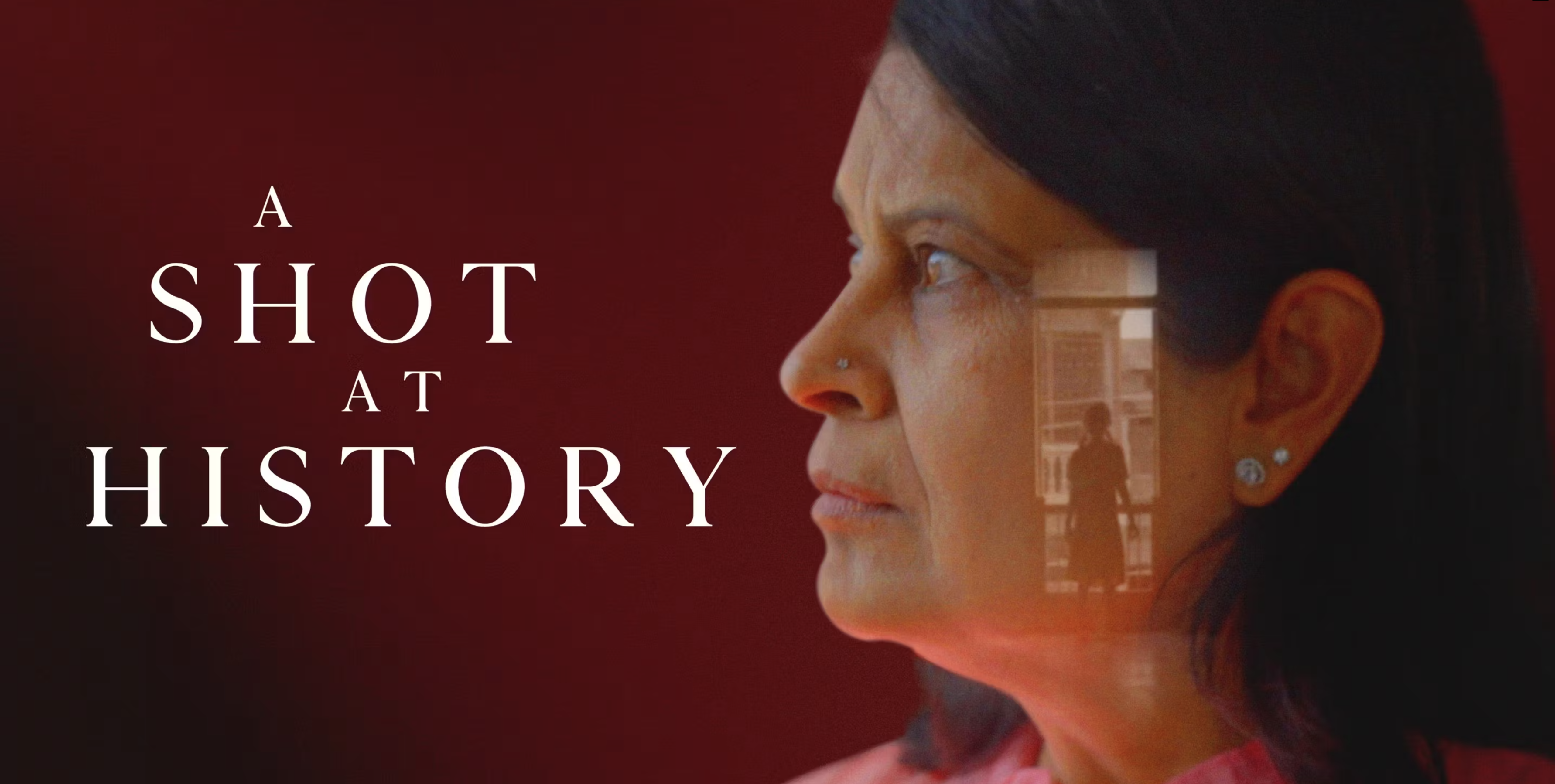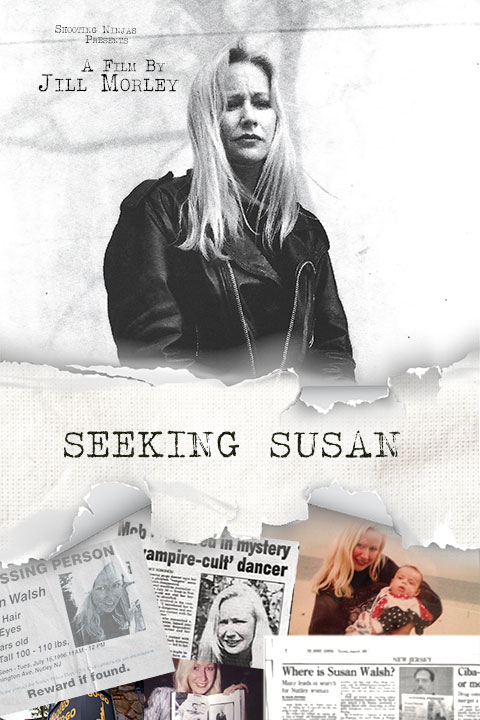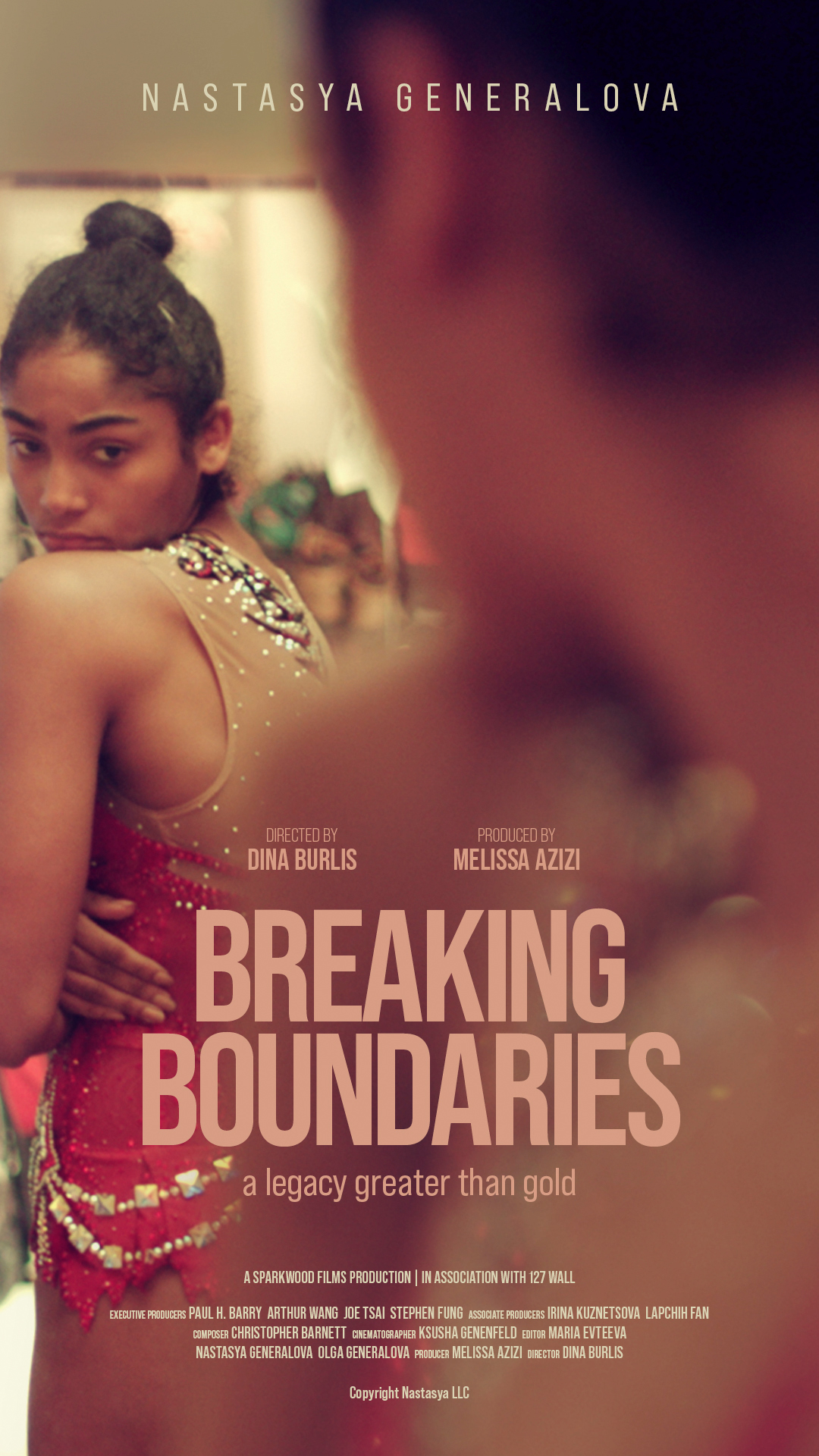Genre
Synopsis
Between the ages of 86 and 96, “Mahogany Man” Henry Clifton Fairweather, a notable Black land surveyor, engineer, town planner, and environmentalist, planted over 140,000 mahogany trees in Belize's historic River Valley. Twenty years later, his vision to save the rainforest and reclaim his forefathers' heritage remains unfinished work.
To understand this legacy of her grandfather, also known as “Pa Hen,” the filmmaker convinces her uncle, a cousin, and local environmentalist Elma Kay to travel back to the plantation with her. At the plantation, many trees have grown to maturity and some have perished. The 350 acre stretch of land is now inhabited solely by an old Kekchi Maya watchman and jaguars whose vital wildlife corridor local and international conservationists are seeking to protect.
Using imagery of luxury mahogany furniture, nature photography, archival photographs and audio, maps, and colonial accounts, the filmmaker explores the complex family inheritance that relegated Black Belizeans to opposite sides – free and enslaved – in the lucrative mahogany trade of the Antebellum and Victorian eras. She traces Pa Hen’s ancestry five generations back to the free landowners who navigated the mahogany industry and reimagines their role in building a young nation.
Going deeper, she discovers that despite conservation efforts over 65% of the forest cover in this area has been lost over the past two decades. She sets out to find adjacent landowners engaged in commercial farming, silting, and logging. She searches for ways to do her part, work with other families, and help save the plantation.
The Fairweather Plantation reveals key questions about Belize’s past and its future as a small, vulnerable nation. Through the resurrection of endangered habitats, knowledge, and sites of cultivation, the film sheds light on important relationships between heritage, race, ecological harmony and development in the region.
Background
During the 18th and 19th centuries, the rainforests of Belize were the epicenter of timber production, which fueled the wealth of the British Empire and made some of the wealthiest families in Newport, Rhode Island and other port cities. Black and colored men in Belize – both slave and free – provided intricate knowledge of the forest and extraction practices leading to the expansion of the global timber and furniture economy. The coat of arms of Belize still bears the unique species of mahogany that brought British speculators and buccaneers to the Bay of Honduras.
Ultimately, King Mahogany became a boom and bust industry, and Belizeans were left with little after its final decline in the 1930s. Though chicle and hardwoods, as well as mahogany, remain valuable, these industries have been replaced by large agriculture and tourism.
The Fairweather plantation sits at a critical location, within Belize’s Maya Forest Corridor, part of the Selva Maya – the largest contiguous rainforest reserve in Central America, spanning parts of Belize, Guatemala and Mexico. Further, it sits in a critical 6-mile corridor where hundreds of jaguar cross from one region of the country to the other, across a highway, in their customary migratory patterns.
Conservation like The Nature Conservancy and Rainforest Alliance have designated the locale for an ecological preserve, in part to preserve this wildlife corridor for endangered jaguar. As a result of significant investments, in the Maya Forest and other areas, Belize will soon sell 5.6 million tons of carbon credits, which could support its ability to sustain the forests for decades to come. But conservation will remain a challenge, as tourism and agricultural uses are encroaching on the heavily deforested areas surrounding the land and the livelihoods of ordinary Belizean living in these areas remain insecure.
The Mahogany Man
The film is dedicated to Henry Fairweather (1906-2002), a fifth-generation engineer, town planner and environmentalist, who descended from a long line of Black Anglophone landowners, entrepreneurs, and pioneers. Notably, he planned and built two of Belize's main cities after Hurricane Janet devastated the country in 1955. He surveyed the Belize-Guatemala border in 1932—a critical milestone in Belize’s 200-year fight for sovereignty–and spoke about it in international forums. He was a life-long environmentalist.
Late in life, Fairweather gained local and international acclaim through his self-financed mahogany reforestation project and began to share more about his lineage of pre-emancipation land ownership. His intention was to build an intergenerational legacy to reclaim Belize’s timber heritage and ecological knowledge—for future generations.
Despite losses due to invasive threats on the Fairweather Plantation, the bulk of the trees planted 20 years ago remain, a beacon of the resilience of Belize’s forest systems and endemic hardwoods. In 2019, the Fairweather family signed an MOU with the GOB to conserve the land but has yet to obtain financial support to sustain and scale its operations. Despite severe financial setbacks, miraculously, an estimated 100,000 trees remain standing.
Bio
Nyasha Laing is a documentarian, writer, impact producer, and lawyer focused on stories of diverse cultures, leaders, and global communities.
Her independent work, written and produced, has been featured in the Pan-African Film Festival, Indie Memphis, the Trinidad & Tobago Film Festival, and Johannesburg Film Festival as well as the BBC and other digital outlets.
Credits
Cinematographer - Cybel Martin







